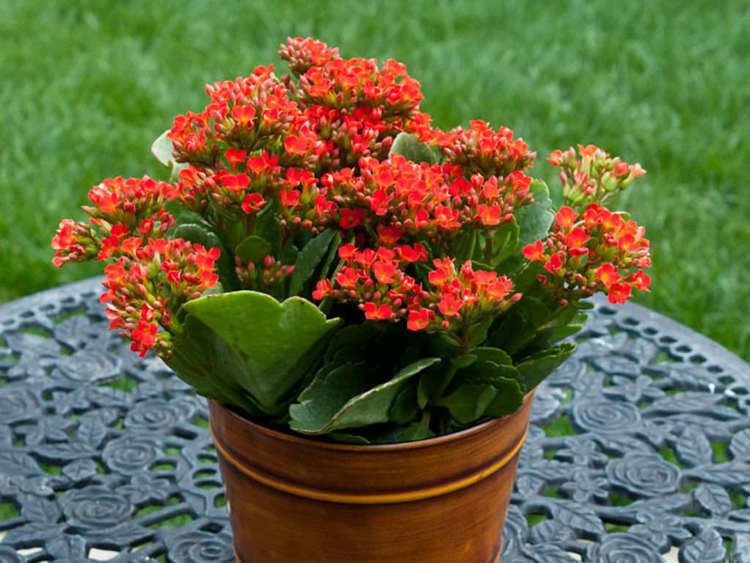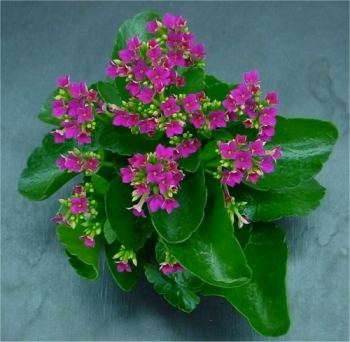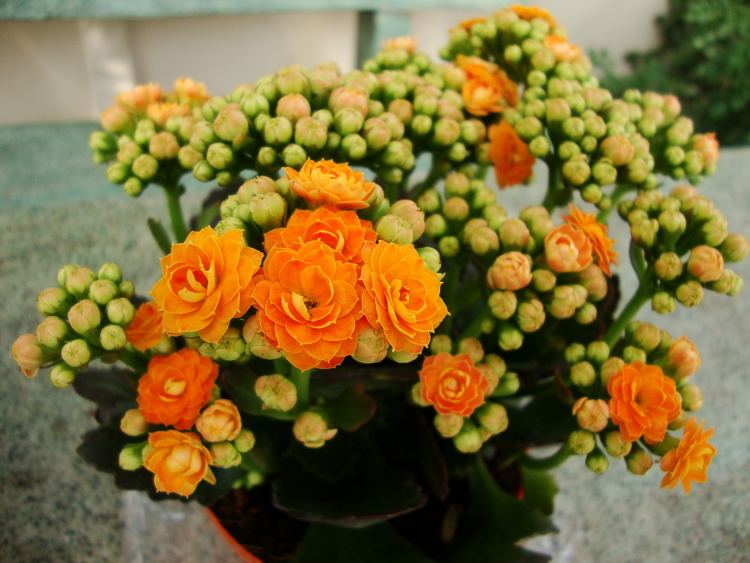Scientific name Kalanchoe Rank Genus | ||
 | ||
Lower classifications Kalanchoe blossfeldiana, Bryophyllum daigremontianum, Kalanchoe tetraphylla, Kalanchoe tomentosa, Kalanchoe beharensis | ||
How to grow kalanchoe plant care of kalanchoe flowering plants urdu hindi
Kalanchoe /ˌkæləŋˈkoʊ.iː/, or kal-un-KOH-ee, or kal-un-kee, also written Kalanchöe or Kalanchoë, is a genus of about 125 species of tropical, succulent flowering plants in the family Crassulaceae, mainly native to Madagascar and tropical Africa.
Contents
- How to grow kalanchoe plant care of kalanchoe flowering plants urdu hindi
- How do i propagate a kalanchoe plant gardening advice
- Description
- Name and taxonomy
- Distribution
- Cultivation and uses
- Toxicity and traditional medicine
- References

How do i propagate a kalanchoe plant gardening advice
Description

Most are shrubs or perennial herbaceous plants, but a few are annual or biennial. The largest, Kalanchoe beharensis from Madagascar, can reach 6 m (20 ft) tall, but most species are less than 1 m (3 ft) tall.
Kalanchoes are characterized by opening their flowers by growing new cells on the inner surface of the petals to force them outwards, and on the outside of the petals to close them. Kalanchoe flowers are divided into 4 sections with 8 stamens. The petals are fused into a tube, in a similar way to some related genera such as Cotyledon.
Name and taxonomy

The genus was first described by the botanist Michel Adanson in 1763. Adanson cited Camellus as his source for the name. the name came from the Chinese name "Kalanchauhuy".
Kamel's species was most likely Kalanchoe ceratophylla as he describes the plant as having deeply divided leaves. Kalanchoe ceratophylla is called 伽蓝菜 (apparently 'Buddhist temple herb') in China, not very close in pronunciation: qiélán cài or jia lan cai depending on the romanisation (but the Cantonese 'gaa laam choi' may be closer). The genus Bryophyllum was described by Salisbury in 1806 and the genus Kitchingia was created by Baker in 1881. Kitchingia is now regarded as a synonym for Kalanchoe, whereas some botanists treat Bryophyllum as a separate genus.
Distribution
The genus is predomiantly native to the Old World. Only one species of this genus originates from the Americas, 56 from southern & eastern Africa and 60 species in Madagascar. It is also found in south-eastern Asia and China.
Cultivation and uses
These plants are cultivated as ornamental houseplants and rock or succulent garden plants. This plant is known to the Chinese as "10,000 purple 1,000 red" (萬紫千紅, wànzǐqiānhóng), and is commonly purchased during the Chinese New Year for decorative purposes. They are popular because of their ease of propagation, low water requirements, and wide variety of flower colors typically borne in clusters well above the phylloclades. The section Bryophyllum - formerly an independent genus - contains species such as the "Air-plant" Kalanchoe pinnata. In these plants, new individuals develop vegetatively as plantlets, also known as bulbils or gemmae, at indentations in phylloclade margins. These young plants eventually drop off and take root. No males have been found of one species of this genus which does flower and produce seeds, and it is commonly called, the Mother of Thousands; the Kalanchoe daigremontiana is thus an example of asexual reproduction. These plants are the food plant of the caterpillars of Red Pierrot butterfly. The butterfly lays its eggs on phylloclades, and after hatching, caterpillars burrow into phylloclades and eat their inside cells.
Toxicity and traditional medicine
In common with other Crassulaceae (such as the genera Tylecodon, Cotyledon and Adromischus), some Kalanchoe species contain bufadienolide cardiac glycosides which can cause cardiac poisoning, particularly in grazing animals. This is a particular problem in the native range of many Kalanchoe species in the Karoo region of South Africa, where the resulting animal disease is known as krimpsiekte (shrinking disease) or as cotyledonosis. Similar poisonings have also occurred in Australia.
In traditional medicine, Kalanchoe species have been used to treat ailments such as infections, rheumatism and inflammation. Kalanchoe extracts also have immunosuppressive effects. Kalanchoe pinnata has been recorded in Trinidad and Tobago as being used as a traditional treatment for hypertension.
A variety of bufadienolide compounds have been isolated from various Kalanchoe species. Five different bufadienolides have been isolated from Kalanchoe daigremontiana. Two of these, daigremontianin and bersaldegenin 1,3,5-orthoacetate, have been shown to have a pronounced sedative effect. They also have the strong positive inotropic effect associated with cardiac glycosides, and with greater doses an increasing effect on the central nervous system.
Bufadienolide compounds isolated from Kalanchoe pinnata include bryophillin A which showed strong anti-tumor promoting activity, and bersaldegenin-3-acetate and bryophillin C which were less active. Bryophillin C also showed insecticidal properties.
